Boring into a small rock may appear to be a challenging exercise, however, having the proper resources and wisdom makes the job achievable. With the right guidance and the correct tools, piercing through even the most a solid rock can be accomplished with comparative ease.
To begin with drilling through a minuscule rock, the essential tools need to be collected. For such an endeavor, it is recommended to have a hammer drill or a rotary hammer of good quality, safety goggles, a dust mask and, most importantly, a masonry drill bit that is the same size as the required hole. For softer rocks like limestone, the best pick would be to use a masonry bit with an edge of carbide while for harder rocks like granite, it is suggested to opt for one equipped with diamonds for better results.
Gearing up for your drilling project? Don’t jump into the task before preparing the area! First, take a few moments to rid the surface of any dirt, dust, or other obstructions that could get in the way of progress. Then, take a marker or pencil to mark the drilling spot so you have a precise point of focus. Now that you have the equipment and region ready, let’s embark on this venture!
When it’s time to start digging, put on your safety goggles and dust mask. Choose the ideal speed with the drill bit, then have it in place at the designated point. Gently press the trigger and start drilling. Keep the drill bit upright with the surface of the rock while you work and remember to keep it properly oiled with water.
Perforate the rock until the hole is complete. If it is more tenacious, it might be necessary to pause every so often so that the bit can cool.
Once the hole is finished, take out a chisel and hammer to tidy up the edges. This will make sure the edges are even and neat, allowing whatever you’re settting into the opening to fit comfortably.
Even if the task of drilling through a small rock appears intimidating, you can do it smoothly as long as you have the essential materials and a patient spirit. Sticking to these guidelines will help you get through a miniature rock with no trouble.
Learning how to carve up a tiny boulder is an achievable feat for anyone prepared with the proper know-how and equipment. Though drill-addicted rock climbers and mason masters may dominate this job, with the correct steps, even an amateur can now take ownership of this stone-piercing pursuit.
When embarking on the task of drilling, it is essential to select the right type of drill bit. If the rock is soft, a spade bit should suffice. If, however, it is significantly harder in consistency, a masonry bit is recommended. It is of equal importance to pick a bit that fits the size of the envisioned hole; utilizing one that is too small can leave a feeble opening that is likely to fracture once force is administered, while going for one that is too big could cause the rock to disintegrate.
In order to create a deep and clean hole in the rock, the proper drill bit must first be chosen. After that, the rock must be firmly held in place. This can be achieved through clamping it with two pieces of wood or clamping it in a vice to ensure stability during the drilling process. Making sure the rock is secure will ensure a successful output.
Once you identify the focal point of the hole, a quick tap with a hammer and chisel will leave an indentation in the rock. This mark will serve as a signpost for your drill bit. You can easily locate the core by using a compass or by calibration of the spacing between two points on the rock’s surface.
Taking it down to the fourth step is time for drilling. For smaller rocks, the drill must traverse extra slowly and with a careful stroke. But if the rocks prove too tough to break through, then naturally the drill speeds need to be upped – increasing gradually until it succeeds. On the flip side, if the rock is too porous, decelerate the drill to dodge becoming ensnared.
Once the bore is complete, smoothing the rough outer edges becomes paramount. To achieve a seamless, even edge and prevent any fracturing, consider using either a chisel or grinder. Unrefined perimeters can cause the stone to splinter when pressure is placed upon it.
In conclusion, the opening should be safely sealed with a protective layer. This protective layer will prevent moisture from seeping into the rockface and keep debris from blocking the passage.
An intimidating prospect for many, drilling through small rocks can easily become a skill of any individual’s with the appropriate equipment and some perseverance. The more you work with rock drilling, the more proficient you will become in utilizing it for a multitude of purposes.
Related Product

Cir Series Dth Bits(Low Pressure) Cir90-90
Down-the-hole (DTH) hammer bits are used with Down-the-hole hammers for drilling holes through a wide range of rock types. In conjunction with DTH hammers, drill hammer bits are de […]
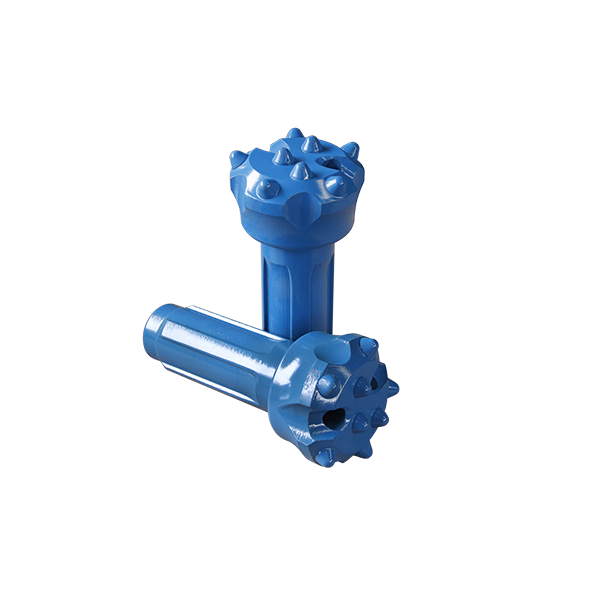
CIR Series DTH Bits(Low Pressure) CIR76-76
Down-the-hole (DTH) hammer bits are used with Down-the-hole hammers for drilling holes through a wide range of rock types. In conjunction with DTH hammers, drill hammer bits are de […]
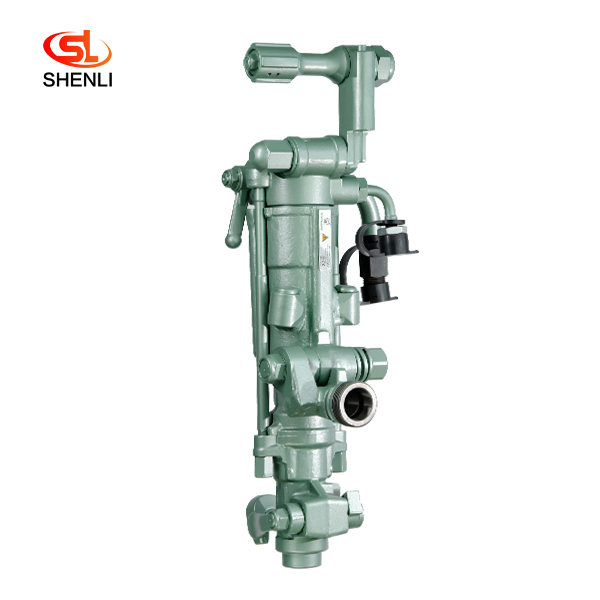
S250 Air Leg Pneumatic Rock Drill Pusher Leg Rock Drill
(S250 jackleg Drill) has been the preferred choice of miners who demand high performance, superior control and lasting reliability. the S250 jackleg allows operators to drill in co […]
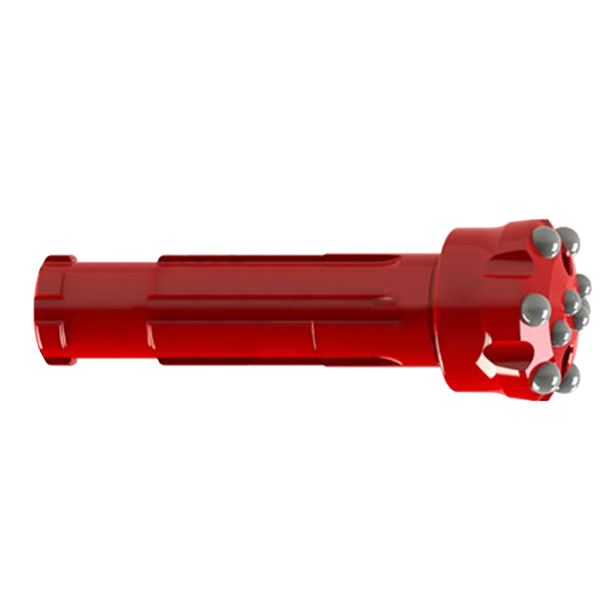
DHD Series DTH Bits(High Pressure) DHD
high pressure drill bit is mainly used in geological exploration, coal mine, water conservancy and hydropower, highway, railway, bridge, construction and construction, etc. Advanta […]
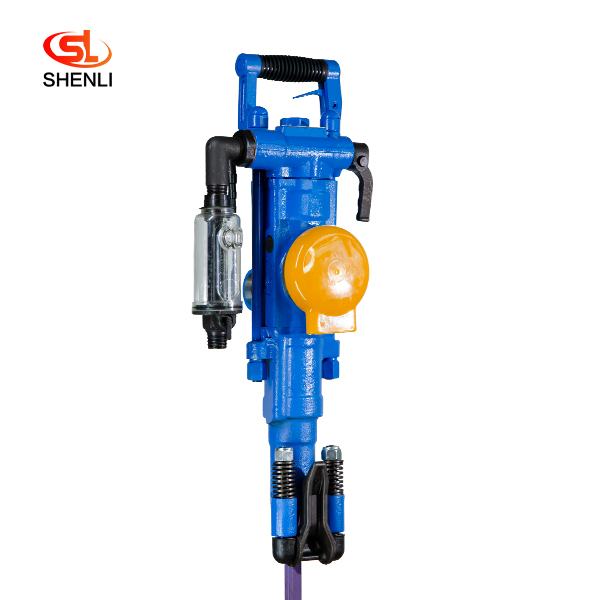
YT27 Air Leg Pneumatic Rock Drill Pusher Leg Rock Drill
The YT27 air-legged rock drill is a highly efficient lightweight rock drill suitable for downward or inclined drilling in medium-hard or hard (f=8 – 18) rock with a diameter […]
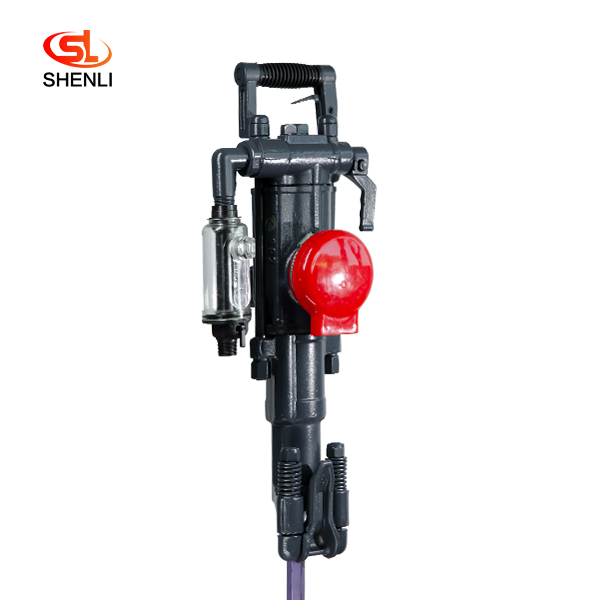
S82 Air Leg Pneumatic Rock Drill Pusher Leg Rock Dril
Model S82 air-legged rock drills are heavy-duty air-legged rock drills with high efficiency and low consumption, which are especially suitable for use in the construction of railro […]
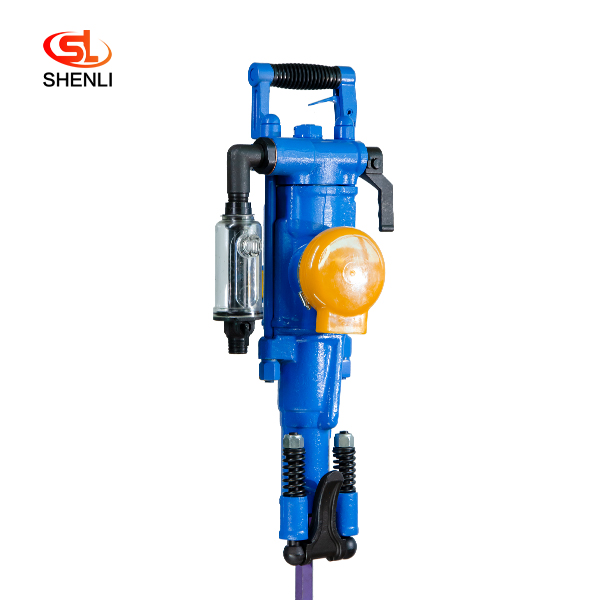
YT28 Air Leg Pneumatic Rock Drill Pusher Leg Rock Drill
The YT28 air-leg rock drill is a kind of high-efficiency, energy-saving and environmentally friendly rock drilling equipment. Compared with similar pneumatic products, the YT28 air […]
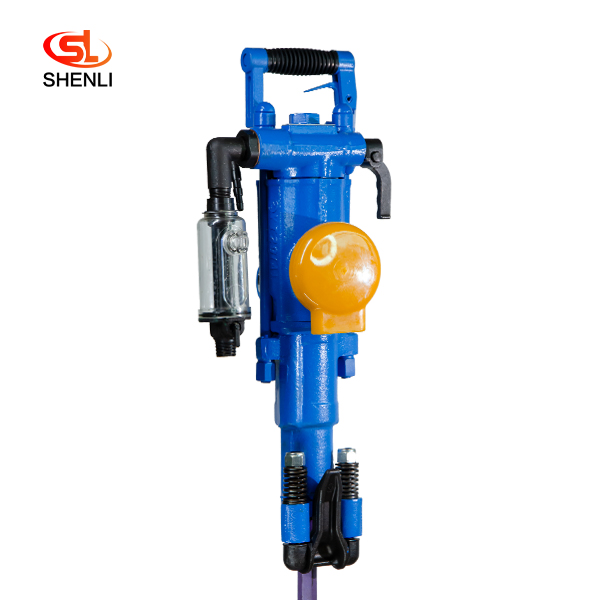
YT29A Air Leg Pneumatic Rock Drill Pusher Leg Rock Drill
YT29A air-legged rock drills are heavy-duty push-leg (air-legged) rock drills with low energy consumption, which are more suitable for drilling horizontal or inclined holes in medi […]

Taper Bits
Taper bits, especially Tapered button bits are the most popular tapered drill bits with a wide selection of head diameters from 26mm to 48mm. With carbide buttons cold pressed on t […]
Post time: 2023-07-09

